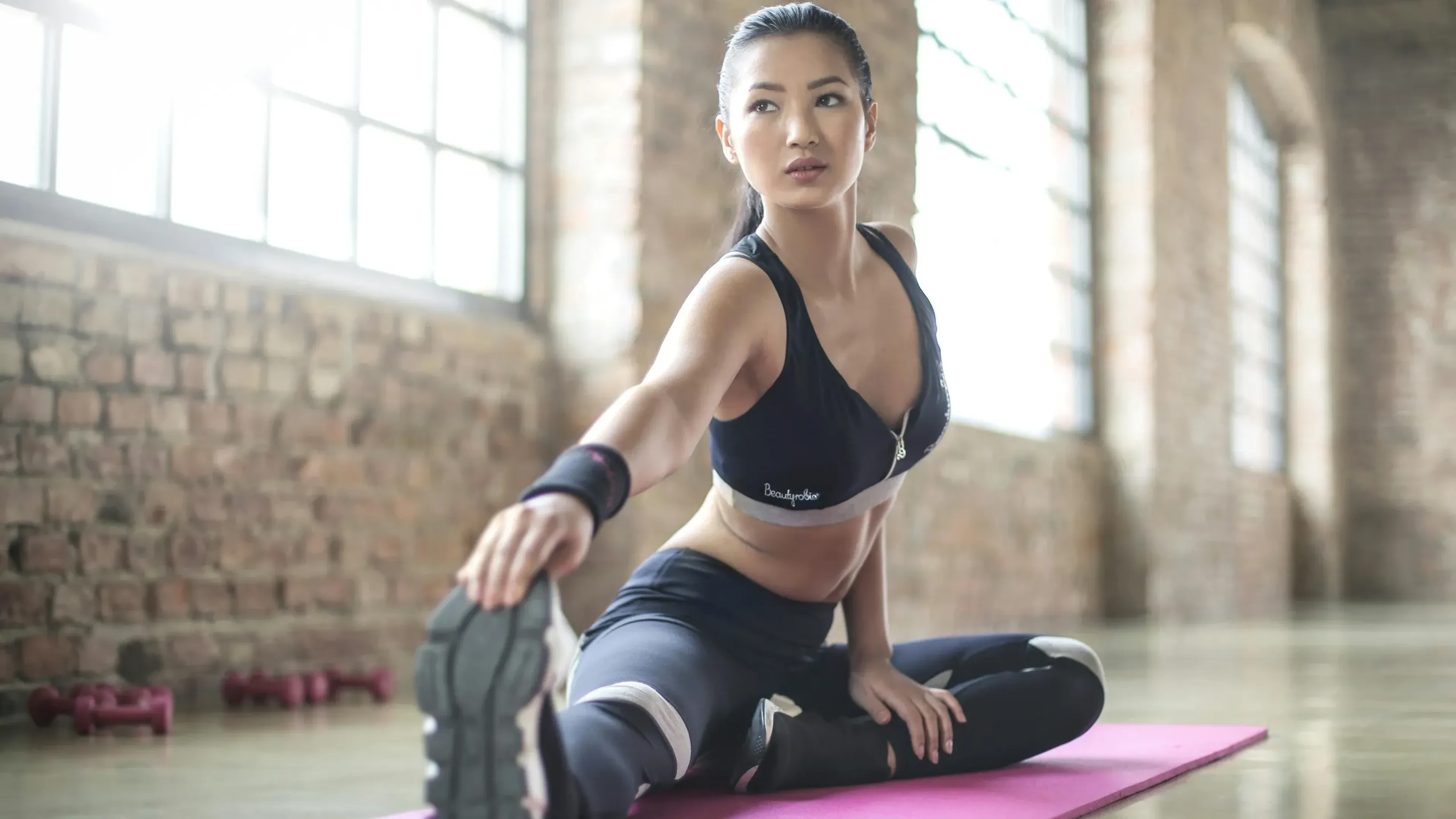Dumbbell High Pull

Overview
- Primary Focus:
- Shoulders.
- Equipment:
- Dumbbell.
- Difficulty:
- Intermediate.
General Information
Dumbbell High Pull is a compound exercise that primarily targets the shoulders and also engages the upper traps and upper back with contribution from the hips. It is an intermediate-level movement that blends speed and strength for powerful pulling.
It works well as an explosive accessory for athletes or lifters who want to develop upper-body power and coordination. The dumbbells encourage a natural hand path and allow independent arm tracking.
Use moderate loads that you can accelerate cleanly, keeping the implements close to the body. This variation emphasizes the upper traps and delts as the elbows drive high and outside.
If technique breaks down, switch to a slower upright row or practice from a reduced range.
Muscles Worked
- Deltoid
- Primary
- Lower Trapezius
- High
- Erector Spinae
- Medium
- Gluteus Maximus
- Medium
- Latissimus Dorsi
- Medium
- Rhomboid Major
- Medium
- Biceps Brachii
- Low
- Brachialis
- Low
- Rectus Femoris
- Low
- Vastus Lateralis
- Low
- Vastus Medialis
- Low
- Biceps Femoris
- Minimal
- Semitendinosus
- Minimal
- Serratus Anterior
- Minimal
- Soleus
- Minimal
Instructions
- Stand hip-width with dumbbells held in front of the thighs, palms facing the body, and a braced torso.
- Hinge slightly and dip the knees, keeping the chest tall and weight mid-foot to heel.
- Drive through the legs and hips, then pull the dumbbells up as the elbows travel high and outside.
- Keep the implements close to the torso and avoid curling; think of the elbows leading the motion.
- Stop around upper-chest height when form stays crisp; pause briefly without shrugging excessively.
- Lower under control back to the start, resetting posture and balance between reps.
- Keep ribs down and avoid over-arching the lower back at the top of the pull.
Common Mistakes
Injuries
Dumbbell High Pull is a medium risk exercise when performed with proper technique.
Shoulders and lower back can be irritated by excessive internal rotation, leaning, or yanking. Lead with elbows high and outside and keep loads moderate to maintain clean timing.
Regress to a slower upright row or limit range if positioning is inconsistent. Progress gradually and emphasize a vertical path and a stable ribcage throughout the set.
Stop if you feel sharp shoulder impingement, back pain, or loss of control that does not improve with lighter weights and coaching cues.
Alternative Exercises

Frequently Asked Questions
- Q: Where should the dumbbells finish?
Around upper-chest height is sufficient when elbows stay high and wrists neutral. Do not chase height by leaning back or letting the elbows drop.
- Q: How heavy should I go?
Use moderate loads that allow a crisp drive and smooth elbow path. If speed or control drops, reduce the weight and refine timing.
- Q: Is this the same as an upright row?
No. The high pull is more explosive and uses leg drive, while the upright row is slower and strictly upper-body. Choose based on your goal and skill.
- Q: What stance is best?
Hip-width with a slight knee bend typically works well. Keep balance mid-foot and avoid rocking onto the toes or heels.
Overview
- Primary Focus:
- Shoulders.
- Equipment:
- Dumbbell.
- Difficulty:
- Intermediate.




